Black’s Law Dictionary 1st Edition, page 878:
PATENT, adj. Open; manifest; evident; unsealed. Used in the sense in such phrases as “patent ambiguity,” “patent writ,” “letters patent.”
PATENT. n. A grant of some privledge, property, or authprity, made by the government or sovereign og a country to one or more individuals. Phil. Pat. 1.
In English law. A grant by the sovereign to a subject or subjects, under the great seal, conferring some authority, title, franchise, or property; termed “letters patent” from being delivered open, and not closed up from inspection.
In American law. The instrument by which a state or government grants public lands to an individual.
A grant made by the government to an inventor, conveying and securing to him the exclusive right to make and sell his invention for a term of years. Atlas Glass Co. v. simonds Mfg. Co., 102 Fed. 647, 42 C. C. A. 554; Societe Anonyme v. General Electric Co. (C. C.) 97 Fed. 605; Minnesota v. Barber, 136 U. S. 313, 10 Sup. ct. 862, 34 L. Ed 455; Pegram v. American Alkali Co. (C. C.) 122 Fed. 1000.
Black’s Law Dictionary 7th Edition, page :
patent (pay-tant), adj. Obvious; apparent <a patent ambiguity > . C f. LATENT.
patent (pat-ant), n. 1. The governmental grant of a right, privilege, or authority. 2. The official document so granting. – Also termed public grant. See LETTERS PATENT.
call patent. A land patent in which the corners have been staked but the boundary lines have not been run out at the time of the grant.
land patent. An instrument by which the government conveys a grant of public land to a private person.
lapse patent. A land patent substituting for an earlier patent to the same land that lapsed because the previous patentee did not claim it.
3. The exclusive right to make, use, or sell an invention for a specified period (usu. 17 years), granted by the federal government to the in ventor- if the device or process is novel, useful, and nonobvious. 35 USCA §§ 101-103.
“What, exactly, is a patent and how does i t operate t o foster the ‘progress of the useful arts’? In its simplest terms a patent is an agreement between an inventor and the public, represented by the federal government: in return for a full public disclosure of the invention the inventor is granted the right for a fIxed period of time to exclude others from making, using, or selling the defIned invention in the United States. It is a limited monopoly, designed not primarily to reward the inventor (this may or may not follow), but to encourage a public disclosure of inventions so that after the monopoly expires, the public is free to take unrestricted advantage of the invention.” Earl W. Kintner & Jack L. Lahr, An Intellec tual Property Law Primer 7-11 (2d ed. 1982).
basic patent. A patent granted to an inven tion recognized by industry or the scientific community as pioneering, unexpected, and unprecedented. – Also termed pioneer patent.
combination patent. A patent granted for an invention that unites existing components in a novel way.
design patent. A patent granted for a new, original, and ornamental design for an article of manufacture; a patent that protects a prod uct’s appearance or nonfunctional aspects.
Design patents – which, unlike utility pat ents, have a term of only 14 years – are similar to copyrights.
fencing patent. A patent procured in an effort to broaden the scope of the invention beyond the article or process that is actually intended to be manufactured or licensed. Cf. DOUBLE PATENTING.
paper patent. A patent granted for a discov ery or invention that has never been used commercially. • A paper patent receives less protection under the law than a patent grant ed for a device that is actually used in indus try.
pioneer patent. See basic patent.
plant patent. A patent granted for the in vention or discovery of a new and distinct variety of asexually reproducing plant.
process patent. A patent for a method of treating specified materials to produce a cer tain result; a patent outlining a means of producing a physical result independently of the producing mechanism. • The result might be brought about by chemical action, by ap plying some element or power of nature, by mixing certain substances together, or by heating a substance to a certain temperature.
reissue patent. A patent that is issued to correct one or more errors in an original patent, as to revise the specification or to fix an invalid claim. • A reissue patent replaces the original patent and lasts for the rest of the original patent’s term. 35 USCA § 251. – Sometimes shortened to reissue.
“[R]eissue patents are relatively rare, because the push and pull of the patent prosecution process tends to make the claims both accurate and as broad as the U.S. Patent and Trademark Office will allow.” Stephen Elias, Patent, Copyright and Trademark 278 (1996).
utility patent. A ·patent granted for one of the following types of inventions: a process, a machine, a manufacture, or a composition of matter (such as a new chemical). • Utility patents are the most commonly issued pat ents. 35 USCA § 101.
Black’s Law Dictionary 8th Edition, page 3354-3358:
patent (pay-t<<schwa>>nt), adj. Obvious; apparent <a patent ambiguity>. Cf. LATENT. [Cases: Evidence 451. C.J.S. Evidence §§ 1222, 1224–1225.]
patent (pat-<<schwa>>nt), n.1. The governmental grant of a right, privilege, or authority. 2. The official document so granting. — Also termed public grant. See LETTERS PATENT.
call patent.A land patent in which the corners have been staked but the boundary lines have not been run out at the time of the grant.
escheat patent.See escheat grant under GRANT.
land patent.An instrument by which the government conveys a grant of public land to a private person. [Cases: Public Lands 114(1). C.J.S. Public Lands §§ 136, 139.]
lapse patent.A land patent substituting for an earlier patent to the same land that lapsed because the previous patentee did not claim it.
3. The right to exclude others from making, using, marketing, selling, offering for sale, or importing an invention for a specified period (20 years from the date of filing), granted by the federal government to the inventor if the device or process is novel, useful, and nonobvious. 35 USCA §§ 101–103. • The holding of a patent does not by itself grant any right to make, use, or sell anything if that activity would infringe another’s blocking patent. — Also termed patent right; patent grant. [Cases: Patents 1.C.J.S. Patents §§ 1–5, 10–12, 15.]“The franchise which the patent grants consists altogether in the right to exclude everyone from making, using or vending the patented article, without the permission of the patentee. This is all he obtains by the patent.” Bloomer v. McQuewan, 55 U.S. 539, 549 (1852).
“What, exactly, is a patent and how does it operate to foster the ‘progress of the useful arts’? In its simplest terms a patent is an agreement between an inventor and the public, represented by the federal government: in return for a full public disclosure of the invention the inventor is granted the right for a fixed period of time to exclude others from making, using, or selling the defined invention in the United States. It is a limited monopoly, designed not primarily to reward the inventor (this may or may not follow), but to encourage a public disclosure of inventions so that after the monopoly expires, the public is free to take unrestricted advantage of the invention.” Earl W. Kintner & Jack L. Lahr, An Intellectual Property Law Primer 7–11 (2d ed. 1982).
basic patent.See pioneer patent.
blocking patent.One of two patents, neither of which can be effectively practiced without infringing the other. • For example, if A patents an improvement of B’s patented invention, A cannot practice the improvement without infringing B’s patent. Nor can B use the improvement without infringing A’s patent. Owners of blocking patents often cross-license each other. See fencing patent; DOMINATION.
broadened reissue patent.Patents. A patent that is issued again, having broader claims than the original, surrendered patent. • Under 35 USCA § 251, a patent may be reissued, under certain circumstances, with broader claims than the original patent if the reissue application is filed within two years of the grant of the original patent. See INTERVENING RIGHTS.
business-method patent.A U.S. patent that describes and claims a series of process steps that, as a whole, constitutes a method of doing business. • Until 1998, methods for doing business were not expressly recognized as being patentable. In that year, the Federal Circuit Court of Appeals held in State Street Bank & Trust Co. v. Signature Fin. Group, Inc., 149 F.3d 1368 (Fed. Cir. 1998), that business methods are subject to the same legal requirements for patentability as any other process or method. — Also termed cyberpatent.
combination patent.A patent granted for an invention that unites existing components in a novel way. [Cases: Patents 26. C.J.S. Patents §§ 83–84.]
Community patent.An international patent issued by the European Patent Convention. • Community patents are good for 20 years from the application date. They may be registered in any nation in the European Union and other EPC signatories.
copending patent.A patent whose application is being prosecuted at or near the same time as another, similar patent. • Continuing applications must be copending with an existing patent application. A copending patent may affect another patent’s validity if it discloses the same invention, or discloses some part of the invention that, combined with other prior art, results in anticipation (esp. if the copending patent is issued before the affected patent). A copending patent may be shown to be an unpatentable improvement on another copending patent’s invention. 35 USCA § 102(e). See COPENDING.
cyberpatent. 1. See business-method patent. 2. See Internet patent.
design patent.A patent granted for a new, original, and ornamental design for an article of manufacture; a patent that protects a product’s appearance or nonfunctional aspects. • Design patents — which, unlike utility patents, have a term of only 14 years from the date on which the patent is granted — are similar to copyrights. 36 USCA § 171. [Cases: Patents 15. C.J.S. Patents §§ 100, 103.]
dominating patent.See fencing patent.
fencing patent.A patent procured for some aspect of an invention that the inventor does not intend to produce but that the inventor wants to prevent competitors from using in making improvements. • By making a claim whose only purpose is to protect other claims, the inventor seeks to “fence in” any such competing improvements. Courts disfavor fencing claims. — Also termed dominating patent. [Cases: Patents 121. C.J.S. Patents § 213.]
improvement patent.A patent having claims directed to an improvement on a preexisting invention. • If the preexisting invention is patented by another, the owner of the improvement patent may need a license to practice the invention covered by the claims of the improvement patent. Similarly, the owner of the preexisting invention’s patent may need a license to practice the invention in the improvement patent. Cf. pioneer patent. [Cases: Patents 9. C.J.S. Patents § 23.]
in-force patent.A patent that has not expired or been ruled invalid.
Internet patent.A type of utility patent granted on an invention that combines business methods and software programs for Internet applications. — Also termed cyberpatent.
method patent.A patent having method or process claims that define a series of actions leading to a tangible physical result. — Also termed process patent. See process patent.
paper patent.A patent granted for a discovery or invention that has never been used commercially. • A paper patent may receive less protection under the law than a patent granted for a device that is actually used in industry. As a prior-art reference, a paper patent may carry less weight with examiners than one for an invention that has been commercially exploited because it may suggest that the invention did not work as claimed. [Cases: Patents 172. C.J.S. Patents §§ 283, 306.]
pioneer patent.A patent covering a function or a major technological advance never before performed, a wholly novel device, or subject matter of such novelty and importance as to mark a distinct step in the progress of the art, as distinguished from a mere improvement or perfection of what had gone before. • Under U.S. law, the claims of a pioneer patent are entitled to broader interpretation and to be given a broader range of equivalents. A pioneer patent is usu. the first one documented by a patent-tracking service, although it may not be the first patent published by a national registry, such as the PTO. — Cf. improvement patent. [Cases: Patents 173. C.J.S. Patents § 307.]
“To what liberality of construction these claims are entitled depends to a certain extent upon the character of the invention, and whether it is what is termed in ordinary parlance a ‘pioneer.’ This word, although used somewhat loosely, is commonly understood to denote a patent covering a function never before performed, a wholly novel device, or one of such novelty and importance as to mark a distinct step in the progress of the art, distinguished from a mere improvement or perfection of what had gone before.” Boyden Power-Brake Co. v. Westinghouse, 170 U.S. 537, 561–62, 18 S.Ct. 707, 718 (1898).
plant patent.A patent granted for the invention or discovery of a new and distinct variety of asexually reproducing plant. 36 USCA § 161. [Cases: Patents 14. C.J.S. Patents § 22.]
process patent.A patent for a method of treating specified materials to produce a certain result; a patent outlining a means of producing a physical result independently of the producing mechanism. • The result might be brought about by chemical action, by applying some element or power of nature, by mixing certain substances together, or by heating a substance to a certain temperature. See method patent. [Cases: Patents 7. C.J.S. Patents §§ 17–19.]
reissue patent.A patent that is issued to correct unintentional or unavoidable errors in an original patent, such as to revise the specification or to fix an invalid claim. • A reissue may correct patent defects that might call the validity of the patent into question. It is also used, although rarely, to make the claims broader or narrower. The patentee risks the possibility that previously allowed claims may be rejected. It does not change the term of the patent. 35USCA § 251. — Sometimes shortened to reissue. [Cases: Patents 135. C.J.S. Patents § 239.]
submarine patent.Slang. A patent that is delayed in prosecution by the applicant in order to let an infringing user continue to develop its business, with the intention of taking in later-invented technology once the patent finally “surfaces” from the U.S. Patent and Trademark Office. • Typically, the patent applicant is aware of the developments and consciously delays the PTO’s issuance of a patent, so that the invention’s unwitting users will be forced to pay license fees. As of November 29, 2000, most patent applications must be published within 18 months of filing, so submarine patents are relatively rare now. See CONTINUATION-APPLICATION LACHES DOCTRINE.
utility-model patent.See UTILITY MODEL.
utility patent.A patent granted for one of the following types of inventions: a process, a machine, a manufacture, or a composition of matter (such as a new chemical). • Utility patents are the most commonly issued patents. 35 USCA § 101. [Cases: Patents 10–12, 15.]
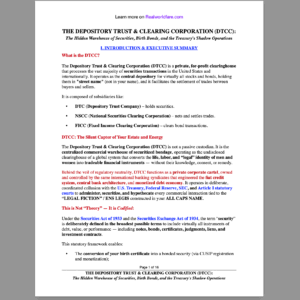
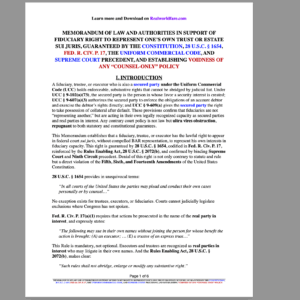
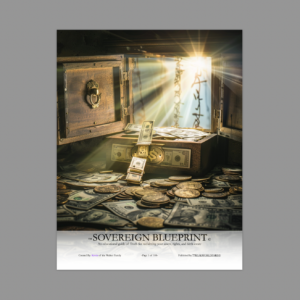
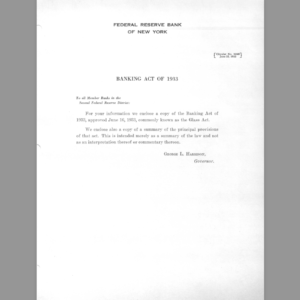
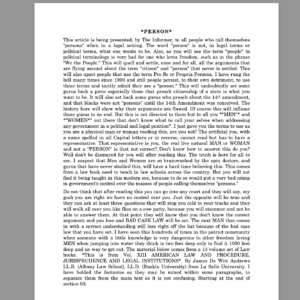
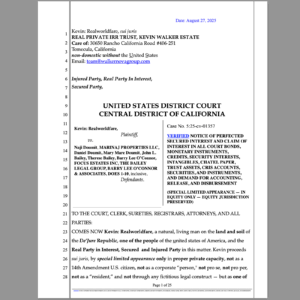
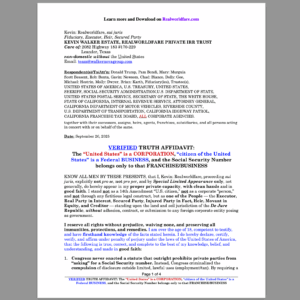
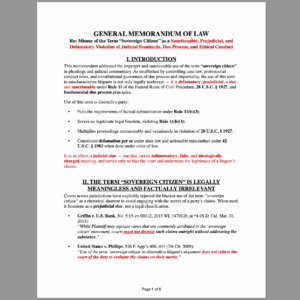

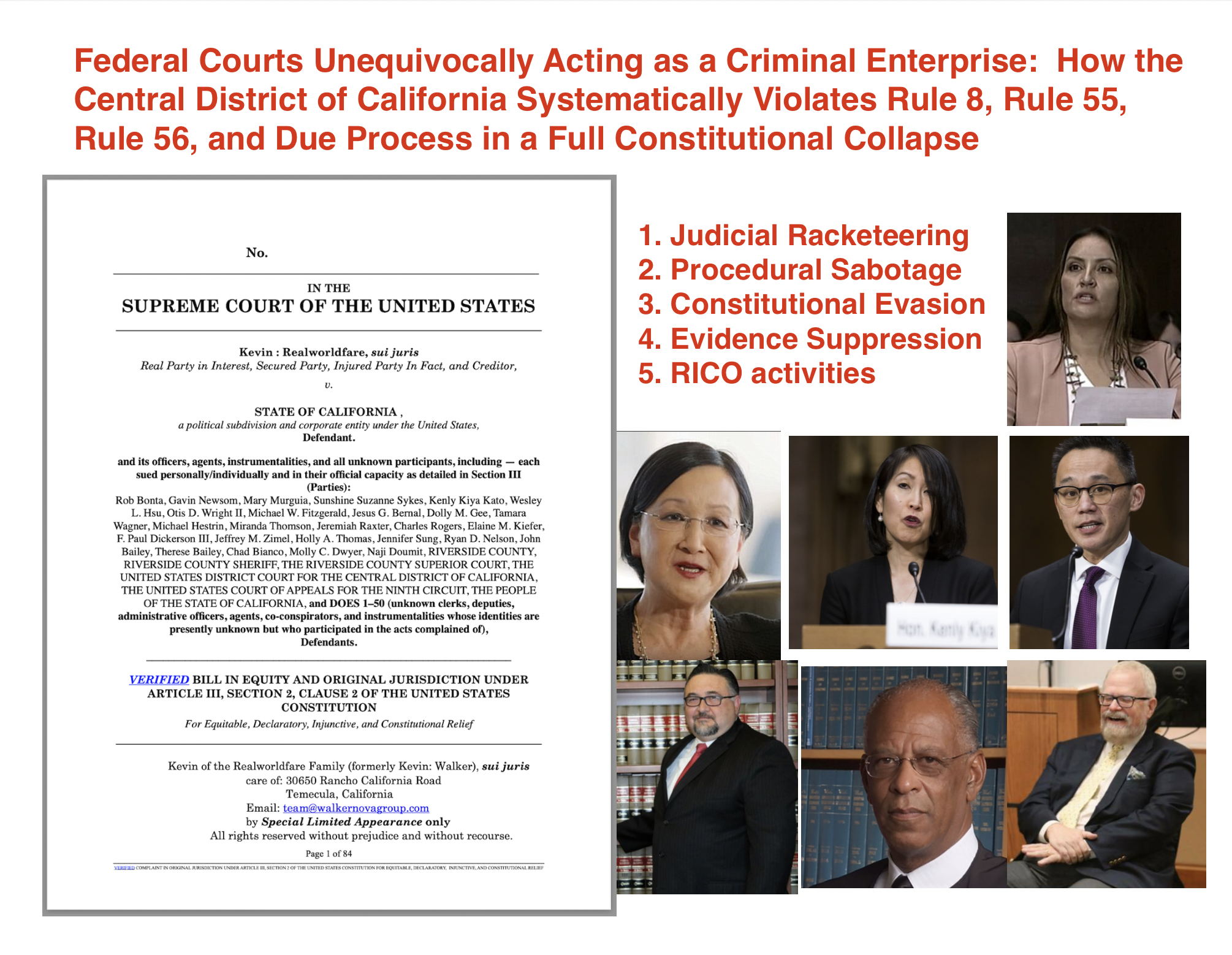
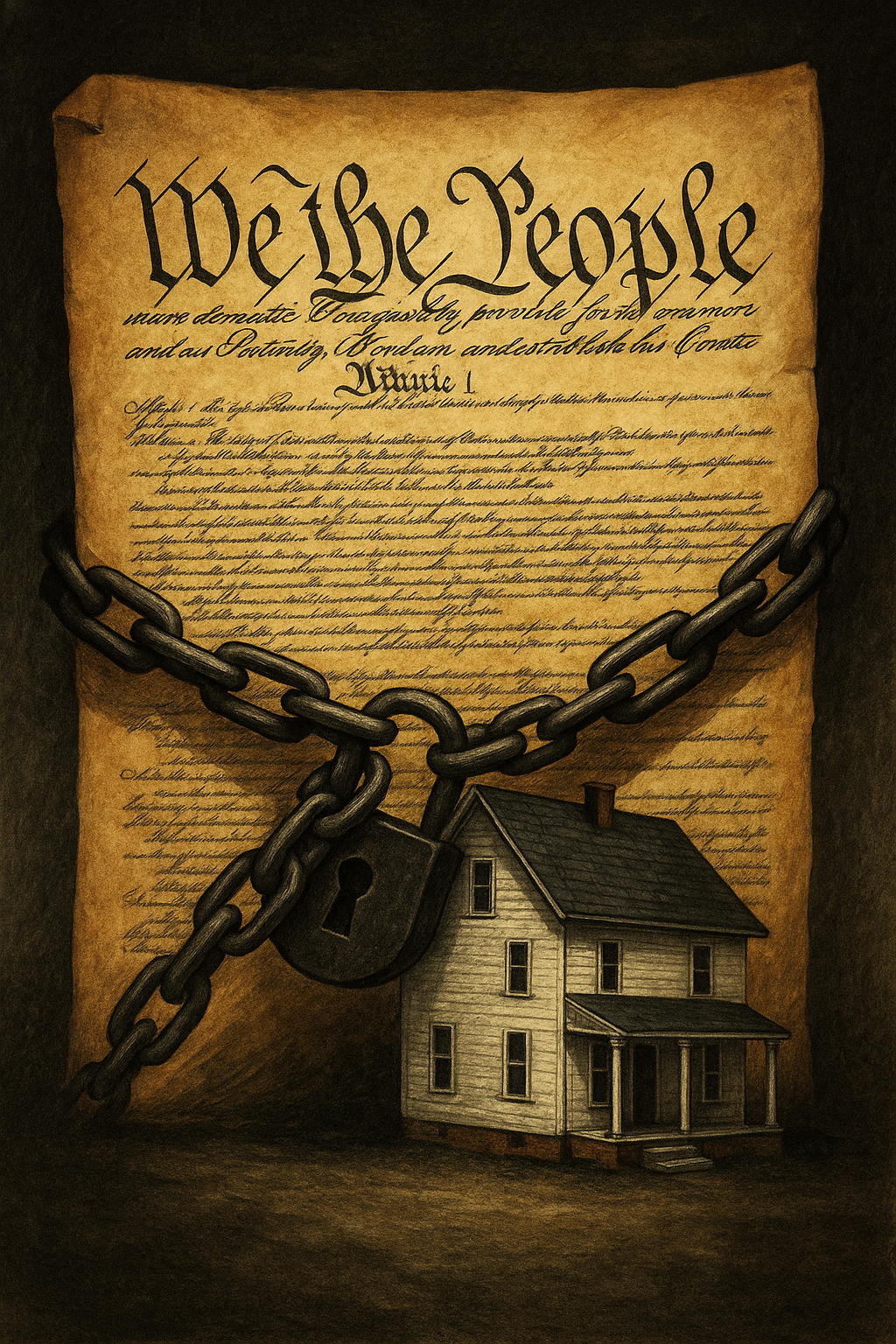
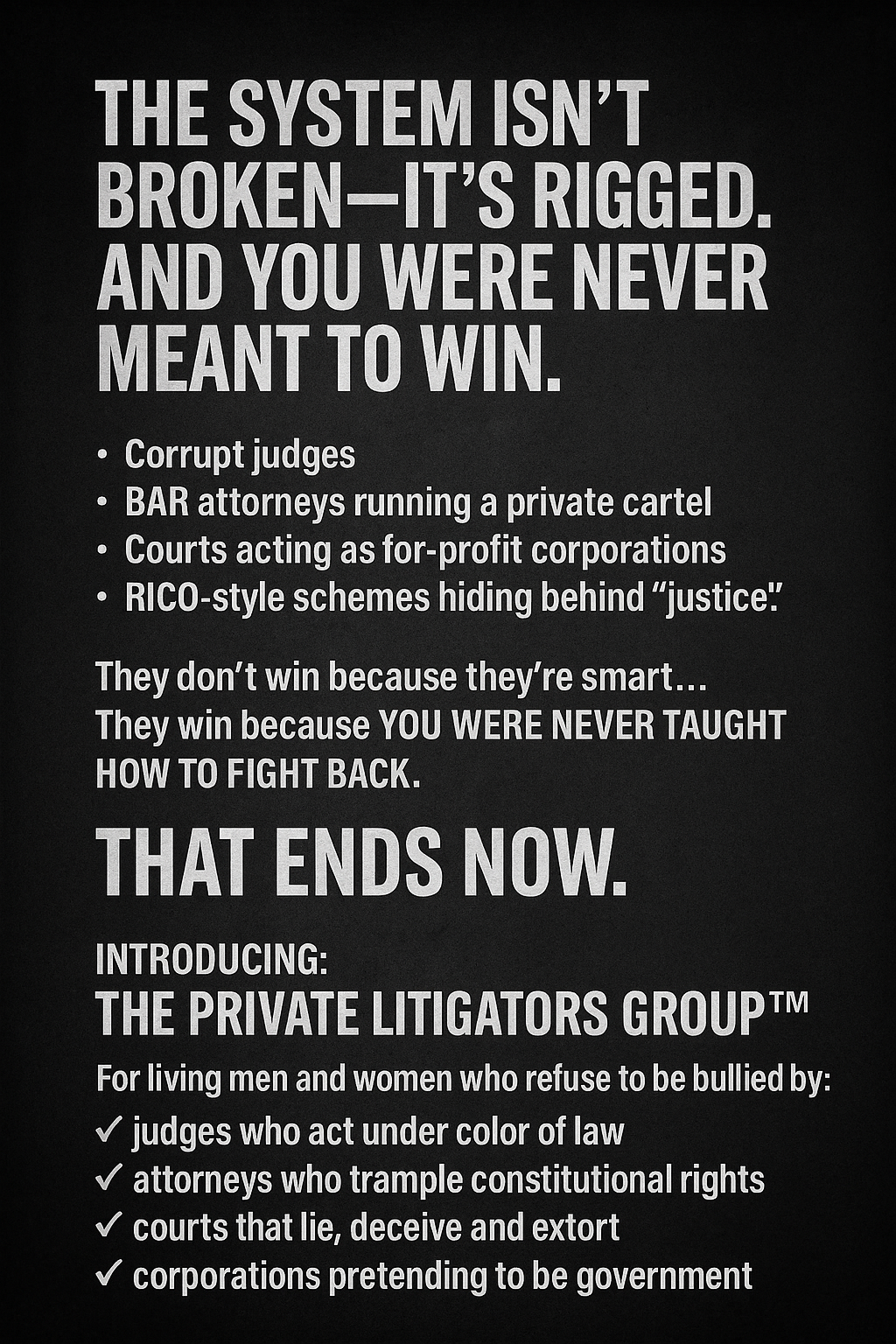
Recent Comments